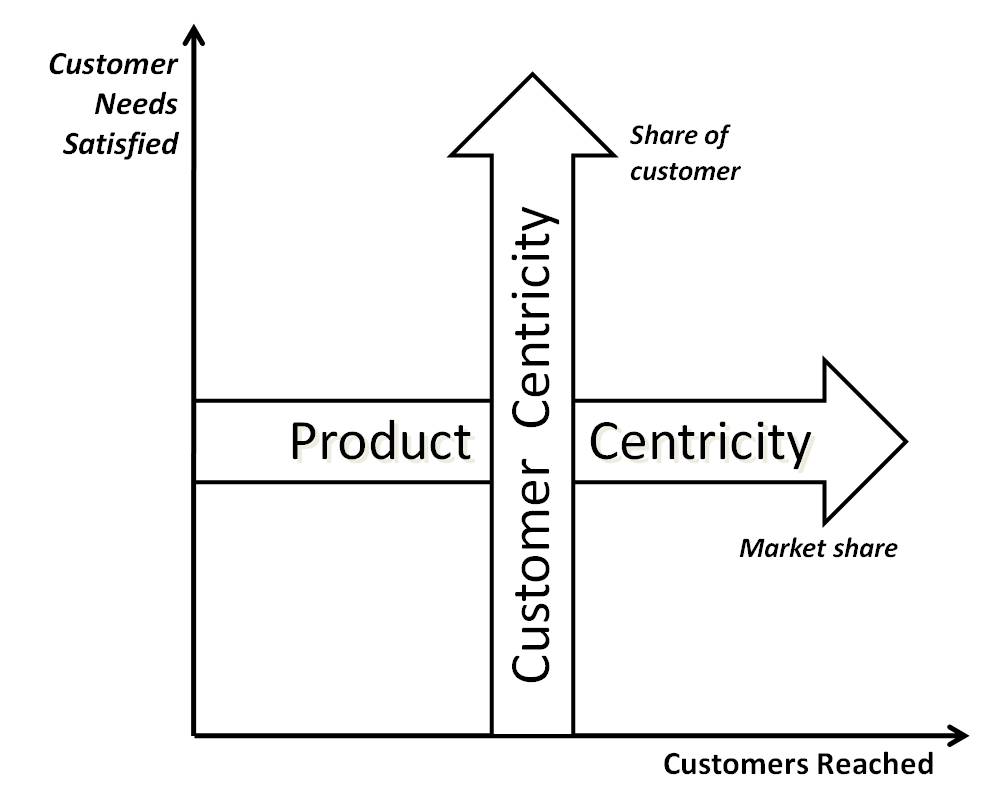Creating Happy Clients Is Not Enough





by Tony Vidler ![]()
![]()
![]()
 Creating and keeping happy clients IS essential for the success of a professional practice. There is no question about that. But is it enough to help a practice grow at a greater than industry average pace?
Creating and keeping happy clients IS essential for the success of a professional practice. There is no question about that. But is it enough to help a practice grow at a greater than industry average pace?
I don’t believe so.
Being a great practitioner and running an efficient & profitable practice, and providing service which generates high levels of client satisfaction and retention is definitely a recipe for a successful professional services business. However, that is set to become the “industry standard” in reality, isn’t it? While it may not be the industry standard right now, as there are certainly plenty of advice businesses with pretty low service standards or a predominance of transactional customers, it will be the industry standard of the future.
But will it be enough to grow a practice exponentially?
For a small number of firms who have built an incredible word-of-mouth or referral-based business model and who provide superb service together with incredible professional competency it may be. For the majority of professional practices it won’t be enough.
The reason why it won’t be enough is that this type of practice model is focussed upon dealing with “the already engaged”. That is, it is fundamentally geared to deal with those who “get” the value of advice and are willing to pay for it. The problem with that is creating enough new engaged customers who “get the value of advice”, and whom are then able to experience the superb level of service and professional competency, which in turn leads to them being highly satisfied.
The solution for practices is to build in simple needs-based product solutions which can be delivered direct-to-consumers as a means of initial engagement with future potential advice clients.
Build a robo-offering if you prefer to think of it that way into your practice.
The key benefit of doing so (for this argument) is it provides the ability to reach more potential customers by engaging them far earlier in the financial services solutions process.
Simple needs-based product solutions enable a practice to reach more potential customers to begin with. Once they have begun to engage with a practice there is the ability for the firm to demonstrate its customer-centricity – the service and expertise elements. There is virtually no opportunity to showcase those elements unless we get potential customers to engage to begin with however.
In addition, a constant challenge that professionals have is that most consumers don’t recognise the need for advice until they hit a level of complexity in their lives – and then more often than not it is put into the “too hard” basket by them. As they do not recognise the need for advice until things have become too complex for them, or it is deemed too hard, they are largely choosing not to engage in being advised. High growth firms will figure out ways to reach these consumers and begin to engage with them while their needs are still relatively simple. Create a method of reaching them in a meaningful and helpful way before comprehensive advice requirements are triggered.
For the majority of advice firms I believe it makes commercial sense (at a number of levels) to embrace elements of robo-advice and incorporate them primarily as a marketing strategy. Sure, if it is done well it opens up new revenue lines for the practice and introduces a plethora of efficiency opportunities for the firm, but it is primarily a marketing strategy. It is a means of engaging with a wider audience of potential clients.
Keeping ones existing clients extremely satisfied and generating some referrals from them is critical to commercial success as a professional practice. However, few firms really generate enough referral business from their existing clients and networks that they need no other marketing tactics. So for the majority of advice firms, simply creating happy clients and keeping them onboard is not enough to achieve higher than average growth.
To do that you need to consider introducing some product-centric thinking and delivery methods alongside the customer-centric thinking. Both will be needed to grow rapidly in the future I believe.
Comments (0)